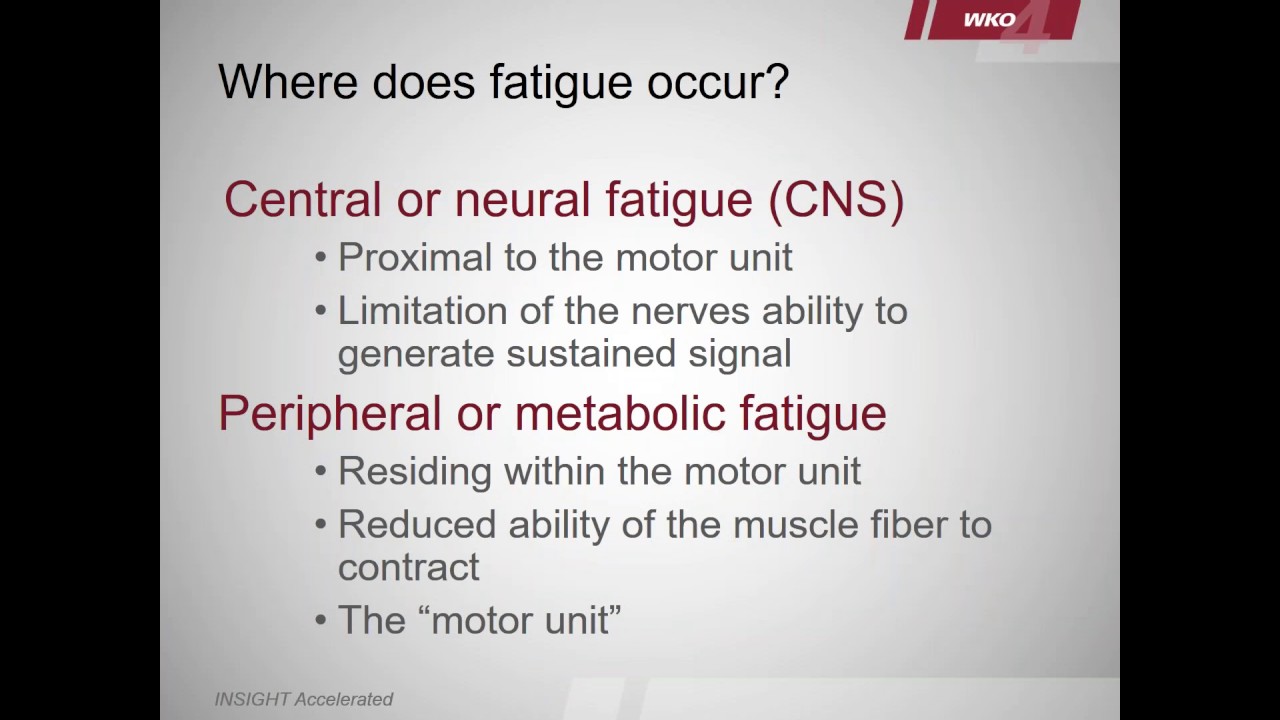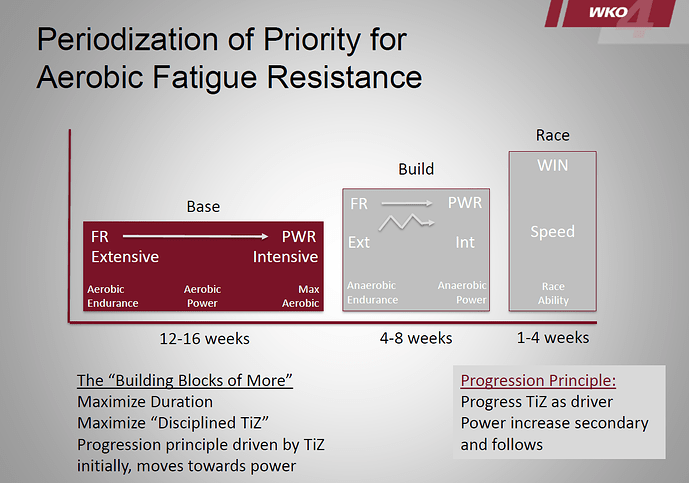I started this thread talking about the tempo thoughts with the HR governor at 83%, but as I’ve gotten into this I’m nowhere near 83% when doing longer intervals at 85% of FTP. My muscular endurance fails first.
Tonight I was going to try 2x30 at 85%, but gave up on it after the 1st 30-minute interval because I was feeling some fatigue and I want to go riding with my wife after work tomorrow and this weekend.
I won’t plan anymore intervals this week so if I have a 3x20 and 1x30 in the bank this week that is 90 minutes in zone, so if I ride 7 hours this week with most of the outside rides in Z1/Z2 that is only 21% of my time in Z3 and shouldn’t lead to any over training issues.
I’ll try the 2x30 again next Monday or Tuesday, I look forward to the challenge.
I like Tim Cusick’s webinars. The WK04 I’m referring to is dated now, was recorded Christmas 2016, but I think is still quite helpful.
I’m primarily interested in his base phase and the concept is:
Dave

